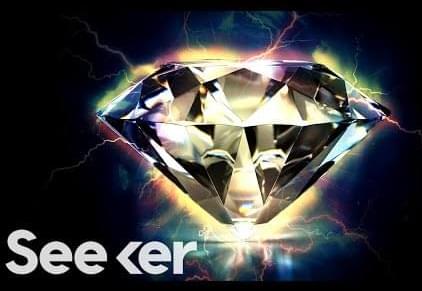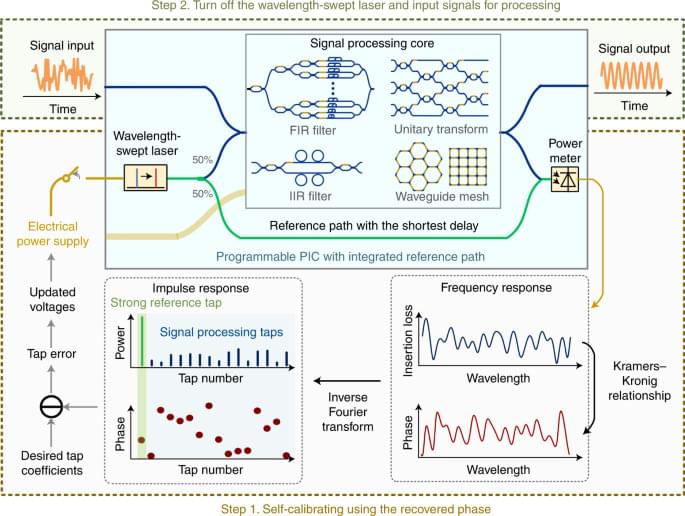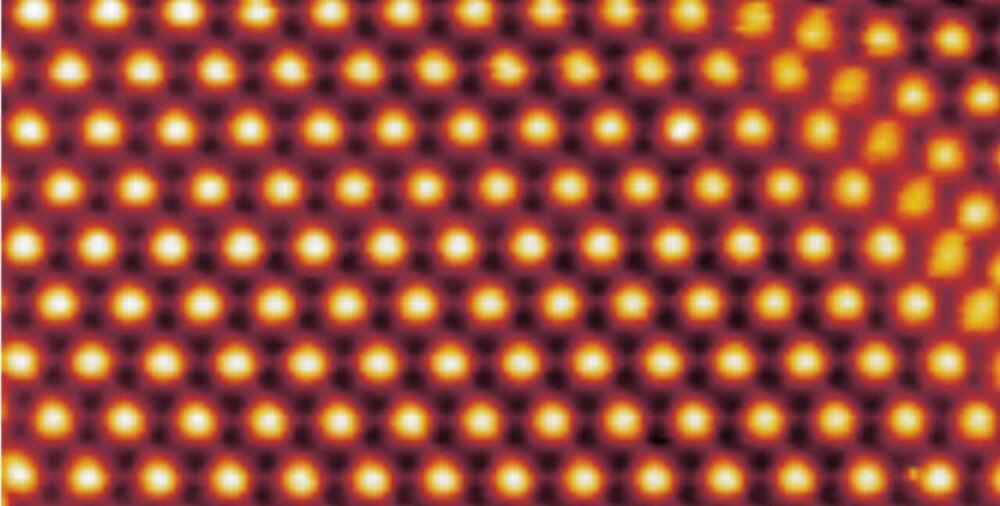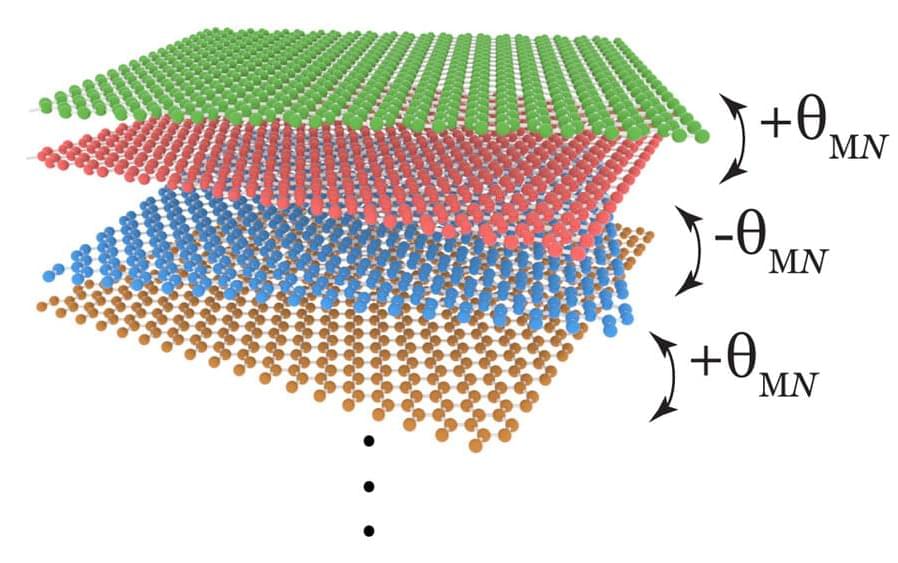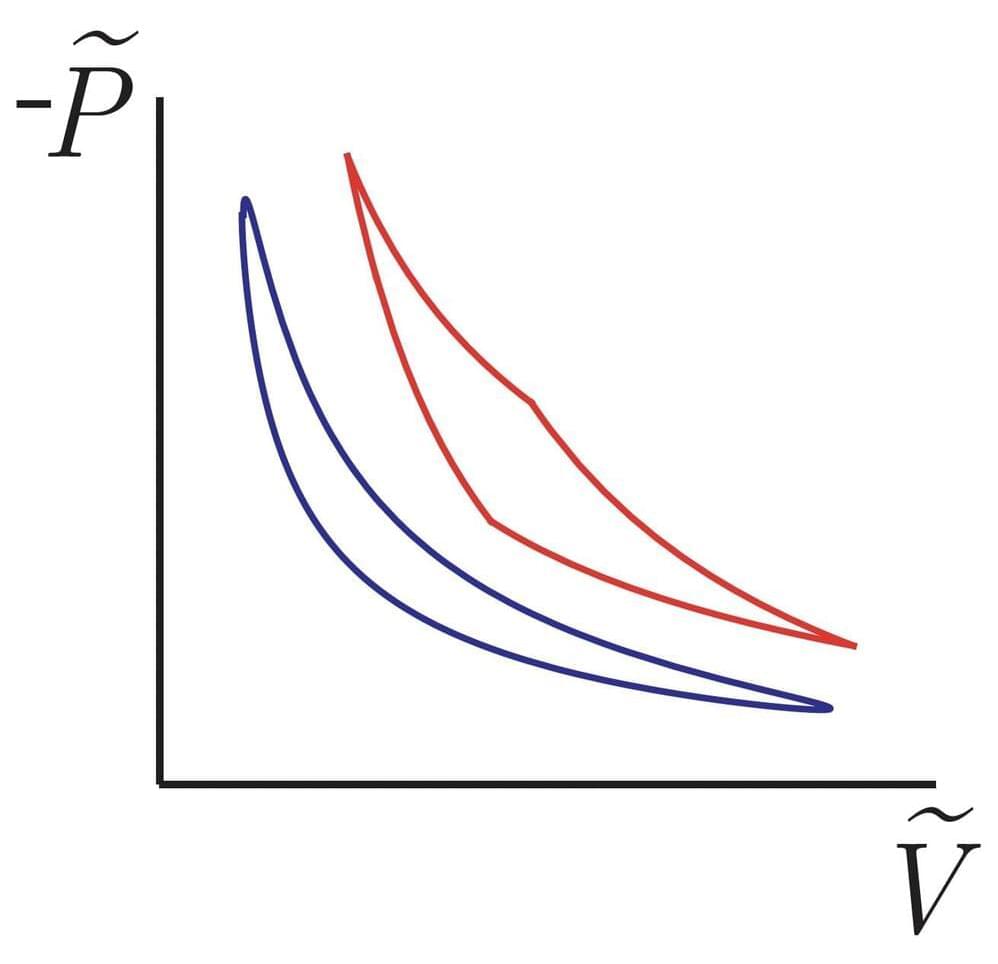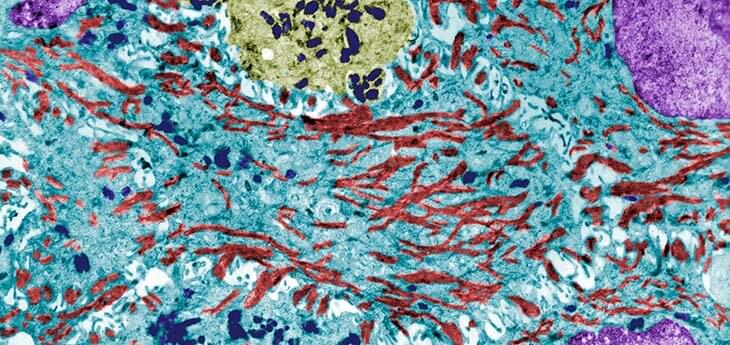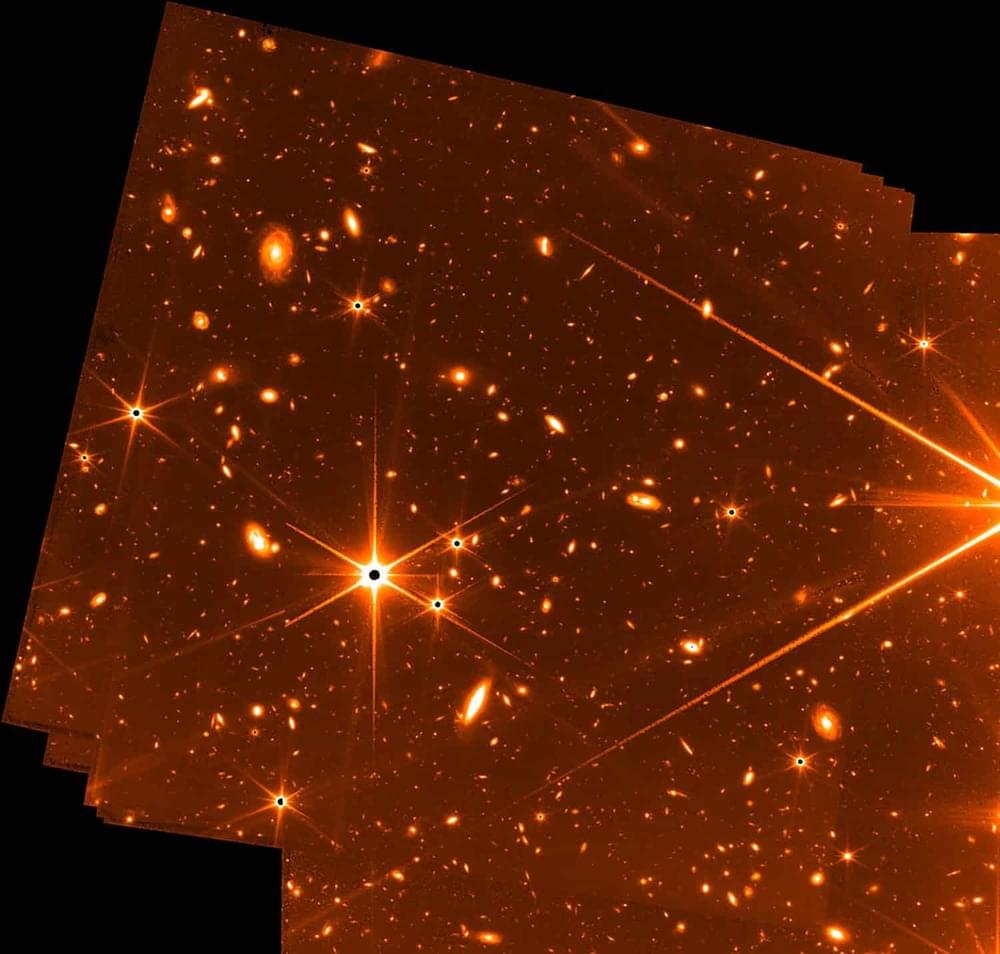Page 4570
Jul 8, 2022
Google Engineer on His Sentient AI Claim
Posted by Nicholi Avery in category: robotics/AI
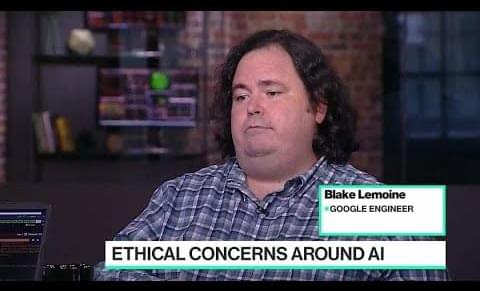
Google Engineer Blake Lemoine joins Emily Chang to talk about some of the experiments he conducted that lead him to think that LaMDA was a sentient AI, and to explain why he is now on administrative leave.
Jul 8, 2022
Self-calibrating programmable photonic integrated circuits
Posted by Jose Ruben Rodriguez Fuentes in category: futurism
Don SpantonUmmm so what?
Worms experience pain. Pigs, chickens also experience pain. … See more.
Nicholi AveryAuthor.
Continue reading “Self-calibrating programmable photonic integrated circuits” »
Jul 8, 2022
Antibiotic Treatments May Make Us More Susceptible to Negative Emotions
Posted by Jose Ruben Rodriguez Fuentes in categories: biotech/medical, neuroscience
Summary: Recent antibiotic use impacts the way in which people pay attention to negative facial expressions. Findings shed light on how antibiotic use can increase the risks of depression.
Source: Lieden University.
People who have taken antibiotics in the past three months pay more attention to negative facial expressions, according to research by postdoc Katerina Johnson and assistant professor Laura Steenbergen. This may explain how antibiotics increase the risk of developing depression.
Jul 8, 2022
Unusual superconductivity observed in twisted trilayer graphene
Posted by Saúl Morales Rodriguéz in categories: materials, particle physics
The ability to turn superconductivity off and on with a literal flip of a switch in so-called “magic-angle twisted graphene” has allowed engineers at Caltech to observe an unusual phenomenon that may shed new light on superconductivity in general.
The research, led by Stevan Nadj-Perge, assistant professor of applied physics and materials science, was published in the journal Nature on June 15.
Magic-angle twisted graphene, first discovered in 2018, is made from two or three sheets of graphene (a form of carbon consisting of a single layer of atoms in a honeycomb-like lattice pattern) layered atop one another, with each sheet twisted at precisely 1.05 degrees in relation to the one below it. The resulting bilayer or trilayer has unusual electronic properties: for example, it can be made into an insulator or a superconductor depending on how many electrons are added.
Jul 8, 2022
Physicists discover a ‘family’ of robust, superconducting graphene structures
Posted by Saúl Morales Rodriguéz in categories: materials, particle physics
Martin ChartrandListen to the sound, more like a musket than a 3D printed plastic gun.
Second video shows the attempted assassination of former Japanese Prime Minister Shinzo Abe
NOTE: Video not graphic, but viewer discretion is advised pic.twitter.com/BZNGHP78ds
Continue reading “Physicists discover a ‘family’ of robust, superconducting graphene structures” »
Jul 8, 2022
Using thermodynamic geometry to optimize microscopic finite-time heat engines
Posted by Saúl Morales Rodriguéz in categories: energy, physics, space
Stochastic thermodynamics is an emerging area of physics aimed at better understanding and interpreting thermodynamic concepts away from equilibrium. Over the past few years, findings in these fields have revolutionized the general understanding of different thermodynamic processes operating in finite time.
Adam Frim and Mike DeWeese, two researchers at the University of California, Berkeley (UC Berkeley), have recently carried out a theoretical study exploring the full space of thermodynamic cycles with a continuously changing bath temperature. Their results, presented in a paper published in Physical Review Letters, were obtained using geometric methods. Thermodynamic geometry is an approach to understanding the response of thermodynamic systems by means of studying the geometric space of control.
“For instance, for a gas in a piston, one coordinate in this space of control could correspond to the experimentally controlled volume of the gas and another to the temperature,” DeWeese told Phys.org. “If an experimentalist were to turn those knobs, that plots out some trajectory in this thermodynamic space. What thermodynamic geometry does is assign to each curve a ‘thermodynamic length’ corresponding to the minimum possible dissipated energy of a given path.”
Jul 8, 2022
New gene profiling technology reveals melanoma biomarkers
Posted by Saúl Morales Rodriguéz in categories: biotech/medical, evolution, health
A new UC Davis-led study sheds light on cell type-specific biomarkers, or signs, of melanoma. The research was recently published in the Journal of Investigative Dermatology.
Melanoma, the deadliest of the common skin cancers, is curable with early diagnosis and treatment. However, diagnosing melanoma clinically and under the microscope can be complicated by what are called melanocytic nevi—otherwise known as birth marks or moles that are non-cancerous. The development of melanoma is a multi-step process where “melanocytes,” or the cells in the skin that contain melanin, mutate and proliferate. Properly identifying melanoma at an early stage is critical for improved survival.
“The biomarkers of early melanoma evolution and their origin within the tumor and its microenvironment are a potential key to early diagnosis of melanoma,” said corresponding author of the study Maija Kiuru, associate professor of clinical dermatology and pathology at UC Davis Health. “To unravel the mystery, we used high-plex spatial RNA profiling to capture distinct gene expression patterns across cell types during melanoma development. This approach allows studying the expression of hundreds or thousands of genes without disrupting the native architecture of the tumor.”
Jul 8, 2022
The world’s most sensitive dark matter detector just shared its results
Posted by Genevieve Klien in categories: cosmology, particle physics
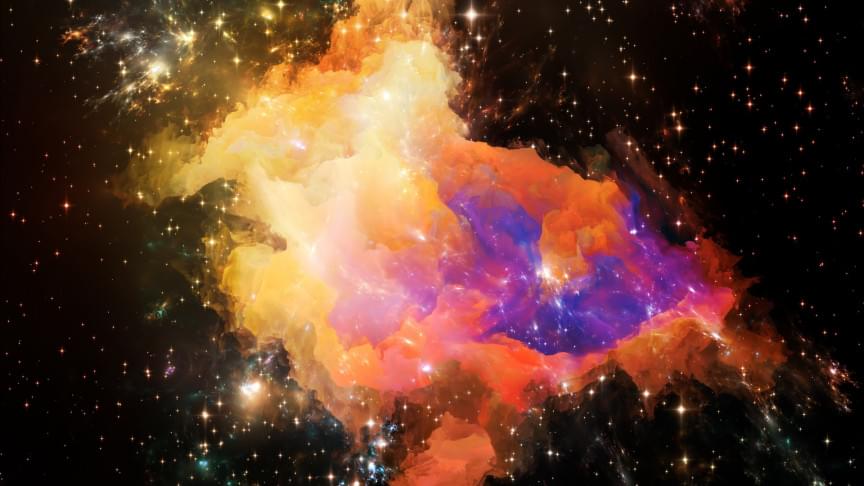
The LUX-ZEPLIN detector searched for elusive WIMP particles for 60 days on its first scientific run. Did it detect dark matter?
Jul 8, 2022
James Webb Space Telescope releases a teaser image, revealing a deep universe
Posted by Genevieve Klien in categories: engineering, space
Scientists begin the countdown to July 12 date with Webb images. Launched in December 2021, the James Webb Space Telescope, the observatory, is all set to ensure it is ready for science.
Webb’s Fine Guidance Sensor (FGS) recently captured a view of stars and galaxies that provides a tantalizing glimpse at what the telescope’s science instruments will reveal in the coming weeks, months, and years.
The resulting engineering test image is among the deepest images of the universe ever taken, representing highly faint objects, and is now the deepest image of the infrared sky. Bright stars stand out with their six long, sharply defined diffraction spikes. This was the effect of Webb’s six-sided mirror segments. Beyond the stars – galaxies fill nearly the entire background.
